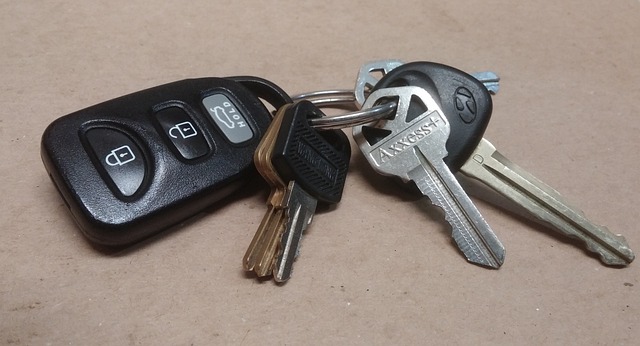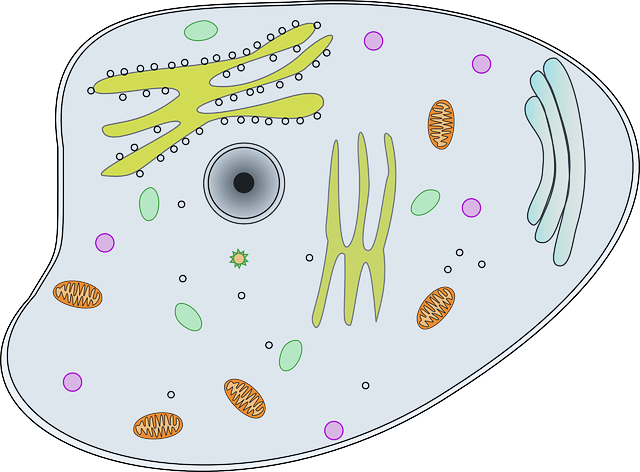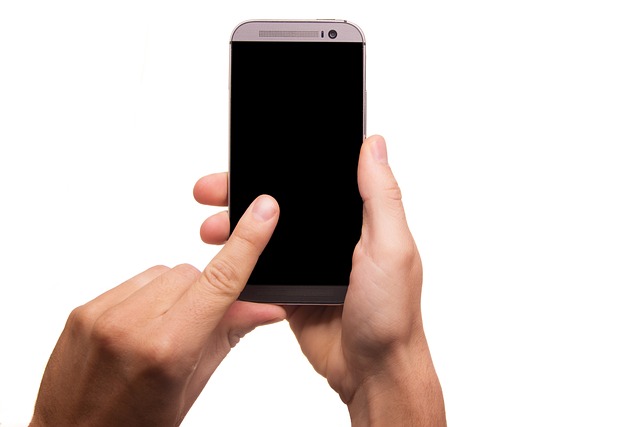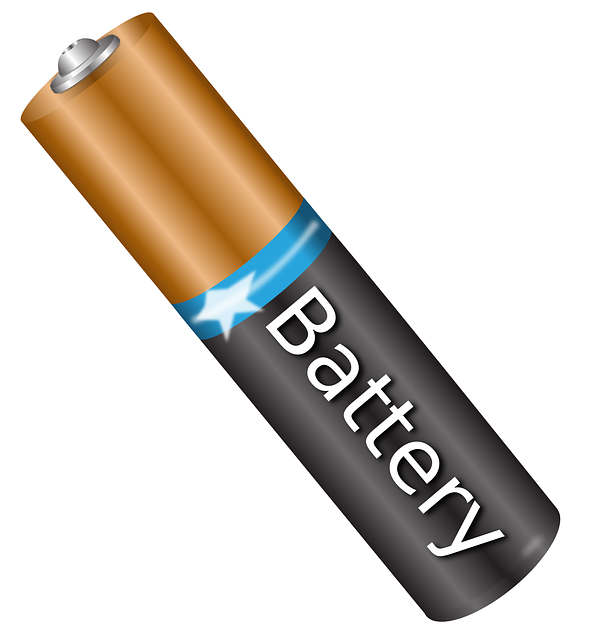Button battery ingestion by pets is a serious health threat due to their capacity to cause severe and rapid tissue damage. These batteries found in everyday devices can leak alkaline substances that lead to corrosive injuries when they come into contact with bodily fluids. Symptoms of ingestion may include excessive drooling, pawing at the mouth, vocalization, refusal to eat or drink, vomiting, and signs of dehydration if the battery is stuck in the esophagus. Immediate veterinary intervention is essential for radiography or endoscopy to locate and safely remove the battery, reducing the risk of life-threatening complications like perforation or chemical burns. Pet owners must be aware of these dangers, understand the symptoms, and act swiftly to prevent potential health issues in their pets. It's crucial to secure button batteries, recognize the signs of ingestion early, and seek professional veterinary care promptly to ensure the best possible outcome for the pet's recovery.
Pet owners must be vigilant about potential household hazards, with button batteries posing a significant risk. This article sheds light on seven critical symptoms indicative of button battery ingestion in pets, providing essential insights for prompt recognition and response. Understanding these signs is crucial for immediate medical intervention, ensuring the well-being and health of our furry companions. From gastrointestinal distress to systemic symptoms, each section delves into the consequences of this hidden danger, offering a comprehensive guide to protecting your pet from the adverse effects of button battery ingestion.
- Recognizing the Danger: The Importance of Identifying Button Battery Ingestion in Pets
- 2.Immediate Response: Symptoms of Acute Corrosive Injury Post-Ingestion
- 3.Gastrointestinal Distress: Vomiting and Refusal to Eat After Consuming a Button Battery
- 4.Changes in Behavior: Lethargy and Disorientation as Indicators of Internal Damage
- 5.Painful Predicament: Abdominal Pain and Discomfort Indicative of a Button Battery Ingestion
- 6.Systemic Symptoms: High Temperature and Anomalous Heartbeat Post-Button Battery Ingestion
Recognizing the Danger: The Importance of Identifying Button Battery Ingestion in Pets

Recognizing the danger posed by button batteries is crucial for pet owners, as these small but potent cells can cause severe health issues if ingested. Pets, particularly cats and dogs, may accidentally swallow or aspirate button batteries found in everyday household items such as remote controls, musical greeting cards, or electronic devices. The risk associated with button battery ingestion stems from the rapid release of alkaline substances upon short-circuiting, leading to tissue destruction at an accelerated rate. This reaction can cause significant damage within a matter of two hours, often before any symptoms are apparent. Therefore, it is essential for pet owners to be vigilant and promptly identify potential ingestion. Early detection can significantly increase the likelihood of successful intervention and treatment, minimizing the risk of severe complications such as esophageal perforation or chemical burns. If a pet owner suspects button battery ingestion, immediate veterinary care is imperative. Prompt action not only preserves the pet’s health but also avoids the potential for life-threatening emergencies.
In the event of suspected ingestion, pets should be examined by a veterinarian as soon as possible. The vet may use radiography to locate the battery and assess its position relative to sensitive organs. Additionally, endoscopy might be necessary to retrieve the battery if it is within the gastrointestinal tract. It is imperative for owners to understand that button batteries, even if seemingly harmless after ingestion, can cause serious damage. Therefore, awareness of the signs and symptoms, which may include lethargy, pain upon swallowing, refusal of food, vocalization during swallowing, or changes in behavior, is vital. Proactive measures, such as securing items containing button batteries and educating oneself on the associated risks, can prevent accidental ingestion and ensure the well-being of our beloved pets.
2.Immediate Response: Symptoms of Acute Corrosive Injury Post-Ingestion

When a pet ingests a button battery, immediate medical attention is critical due to the potential for acute corrosive injury. The battery’s alkaline content can cause severe chemical burns as it reacts with bodily fluids. Symptoms of such injuries may manifest quickly and can include extreme salivation or drooling, pawing at the mouth, vocalization distress, and a refusal to eat or drink. These symptoms are indicative of the pet’s discomfort and should not be ignored. Additionally, if the battery is lodged in the esophagus, gastrointestinal obstruction can occur, leading to vomiting, lethargy, and dehydration. The presence of a button battery in the digestive system is a veterinary emergency that requires prompt endoscopic or surgical intervention to prevent serious complications, including perforation and subsequent organ damage. If a button battery is suspected to have been ingested, it is imperative to seek veterinary care immediately.
3.Gastrointestinal Distress: Vomiting and Refusal to Eat After Consuming a Button Battery

When a pet ingests a button battery, one of the immediate symptoms that may arise is gastrointestinal distress. This can manifest as vomiting, which may occur shortly after the ingestion. The presence of a button battery within the digestive tract can irritate the lining, triggering a cascade of nausea and subsequent emesis. Owners may notice their pet expelling materials more frequently than usual or material that does not resemble their pet’s regular diet. Alongside vomiting, a refusal to eat is another concerning symptom. The discomfort associated with the battery’s passage through the GI tract can reduce a pet’s appetite significantly. This anorexia, if left unaddressed, can compound the health issues caused by the battery, as proper nutrition is vital for the body’s natural healing processes. It’s crucial for pet owners to recognize these signs and understand that a button battery ingestion requires immediate veterinary attention. The longer the battery remains in the gastrointestinal tract, the higher the risk of severe complications, including tissue damage, perforation, or even poisoning from the battery’s chemical reactions. Prompt medical intervention is essential to safely remove the battery and mitigate potential long-term health consequences.
4.Changes in Behavior: Lethargy and Disorientation as Indicators of Internal Damage

Pet owners should be vigilant for any changes in their companion’s behavior, particularly after a suspected ingestion event involving a button battery. Such batteries, often found in everyday household items like remote controls and electronic devices, can cause significant internal damage if ingested by pets. Lethargy, a state of reduced energy or activity levels, is one of the noticeable behavioral changes that may arise following a button battery ingestion. This lethargy is not characteristic of your pet’s usual demeanor and can be accompanied by disorientation, indicating that the battery is interfering with normal neurological function. These symptoms suggest that the alkaline substance within the battery is reacting with bodily tissues, potentially causing severe medical issues such as burns to the esophagus, stomach, or intestines. The onset of these symptoms requires immediate veterinary attention to assess the extent of damage and initiate appropriate treatment to mitigate potential harm to your pet. It is crucial to recognize that prompt intervention can significantly improve the prognosis for a full recovery, making it imperative to act swiftly when such changes in behavior are observed after a suspected ingestion incident.
5.Painful Predicament: Abdominal Pain and Discomfort Indicative of a Button Battery Ingestion

If your pet has ingested a button battery, it can quickly lead to a painful predicament. The presence of a button battery within the gastrointestinal tract often manifests as acute abdominal pain and discomfort. This is not surprising given that these small, circular batteries, known as button batteries, are capable of causing significant tissue damage upon contact. Once ingested, they can begin an aggressive chemical burn process, releasing alkaline caustic substances that erode tissue at a rapid pace. The symptoms of this damage may include vocalizations consistent with pain, lethargy, decreased appetite, and a reluctance to move or engage in normal activities. The onset of these symptoms can be sudden and should be considered an emergency. Veterinary attention is critical as the battery must be safely removed without causing further harm. Prompt veterinary intervention not only alleviates immediate suffering but also reduces the risk of serious complications, such as perforation of internal organs or extensive tissue necrosis, which can be life-threatening. Therefore, if you suspect your pet has ingested a button battery, it is imperative to seek immediate veterinary care.
6.Systemic Symptoms: High Temperature and Anomalous Heartbeat Post-Button Battery Ingestion

If a pet ingests a button battery, it is crucial for owners to recognize the systemic symptoms that may manifest, particularly high temperature and anomalous heartbeat patterns. Following ingestion, a pet may exhibit a fever or an elevated body temperature as the body attempts to neutralize the corrosive substances released by the battery’s chemical reaction. This fever can be indicative of an infection or inflammatory response resulting from the battery’s interaction with the gastrointestinal tract. Additionally, changes in heart rhythm may occur, which can range from a noticeable increase in heart rate to more severe arrhythmias. These cardiac irregularities are a result of the toxic effects of the battery’s compounds on the electrical conductivity of the heart tissue. The severity of these symptoms can vary based on factors such as the size and type of the pet, the type of battery ingested, and how quickly veterinary care is sought. Prompt recognition of these symptoms and immediate intervention are key to mitigating potential long-term complications, which underscores the importance of understanding the impact of button battery ingestion in pets. It is imperative for pet owners to be aware of these symptoms and to act swiftly upon noticing them, ensuring their pets receive timely and appropriate medical attention.
Recognizing the gravity of button battery ingestion in pets is crucial for their prompt and effective treatment. This article has outlined seven key symptoms that pet owners should be vigilant about, from immediate gastrointestinal distress to changes in behavior and systemic issues. These symptoms can serve as early indicators of this dangerous condition, which, if left untreated, can lead to severe health consequences. It is imperative for pet owners to understand these signs and act swiftly by contacting a veterinarian or an animal hospital immediately upon suspicion of ingestion. With rapid response and appropriate care, pets can recover from button battery poisoning; however, time is of the essence. Remember, awareness and prompt action are key in safeguarding your pet’s health and well-being when facing the dangers of button battery ingestion.
